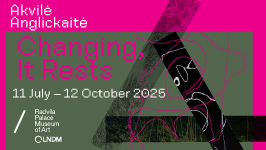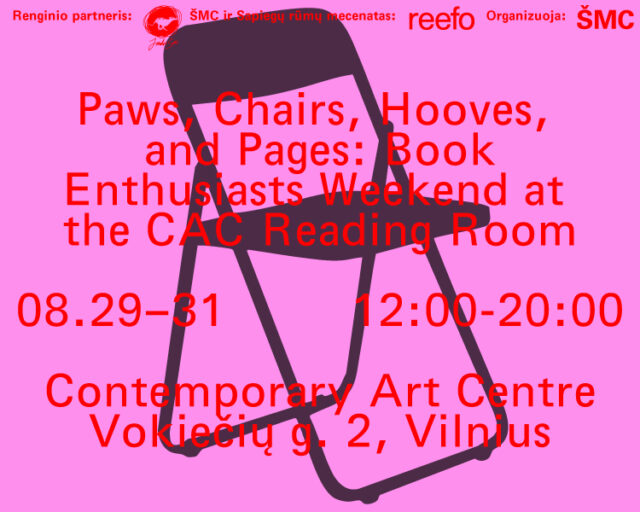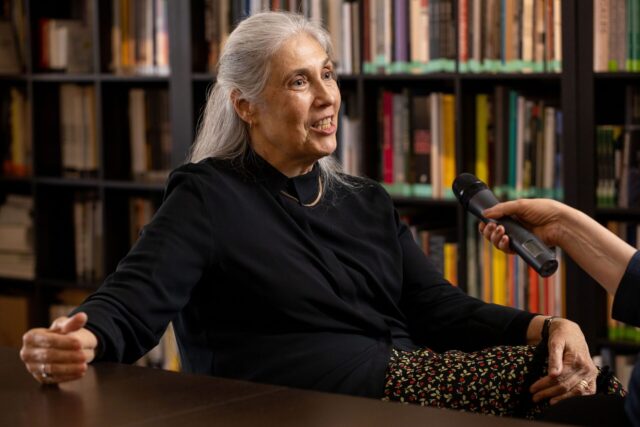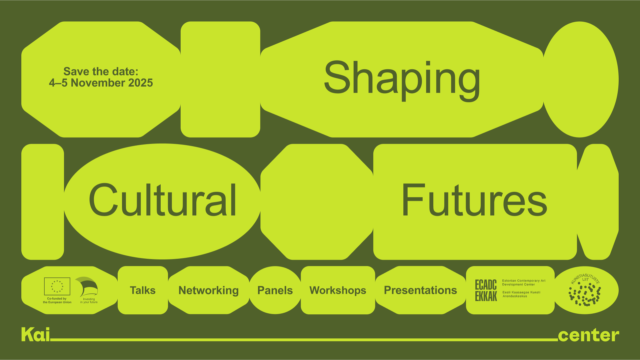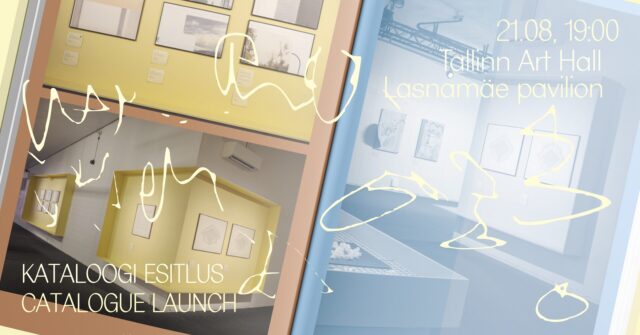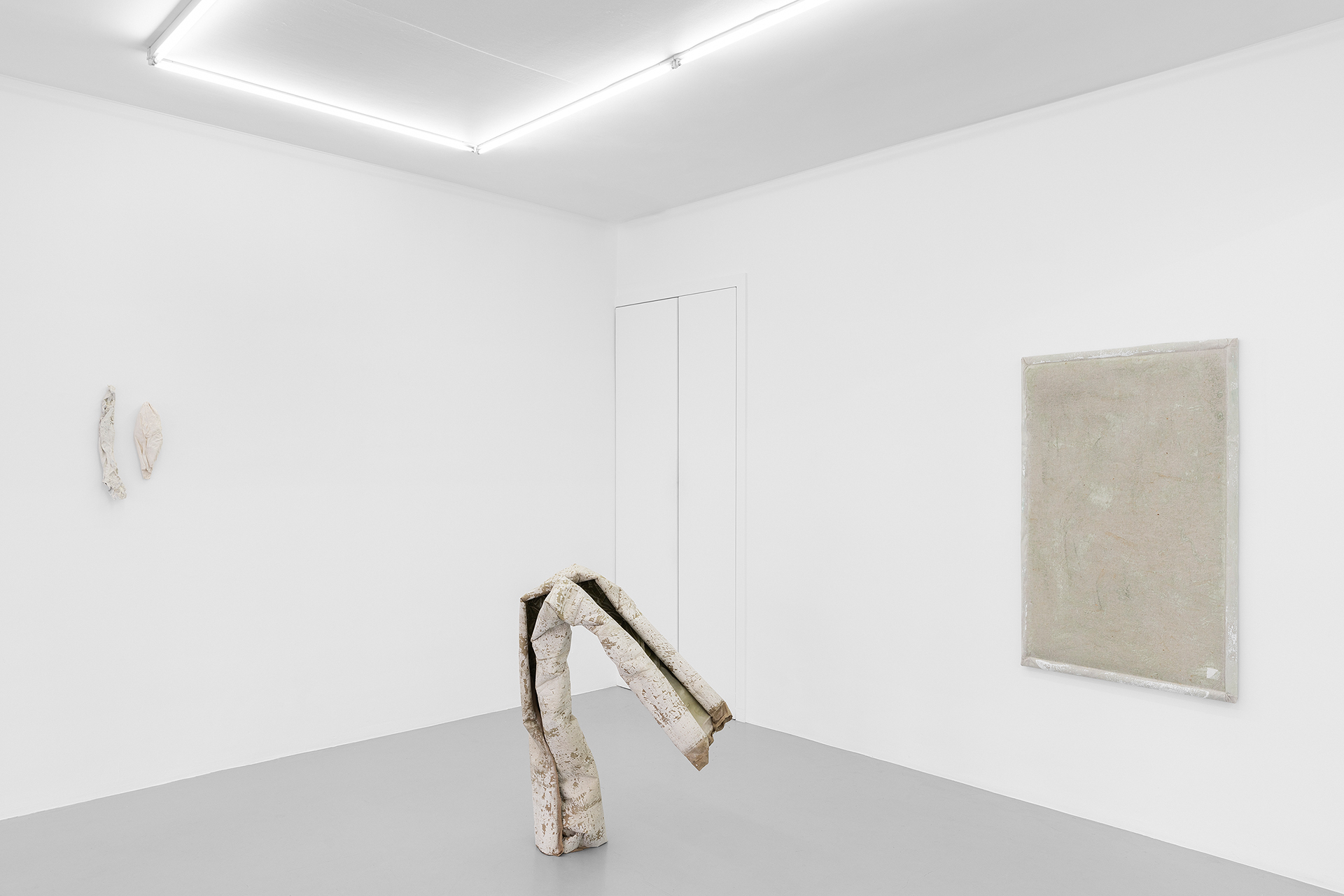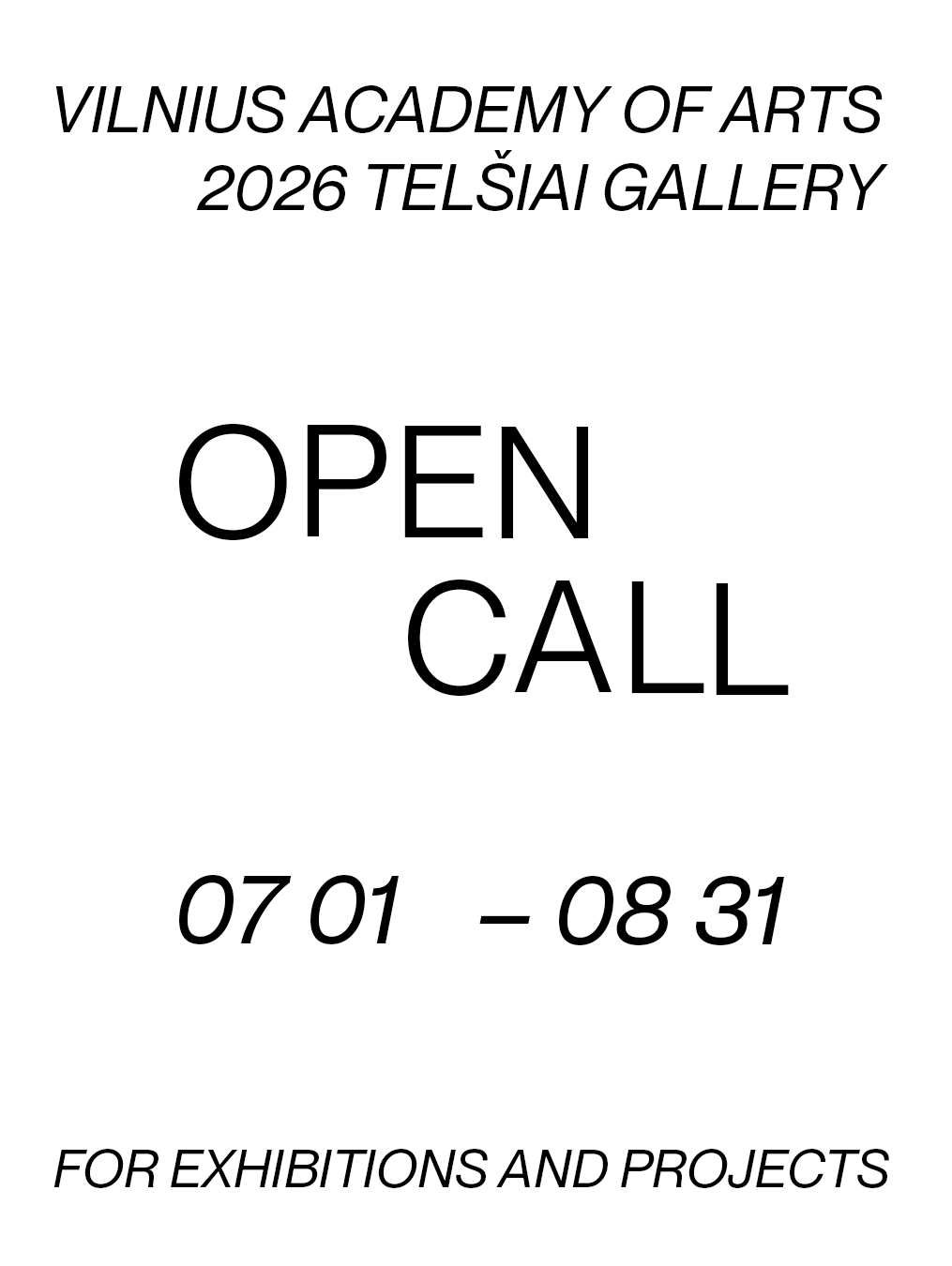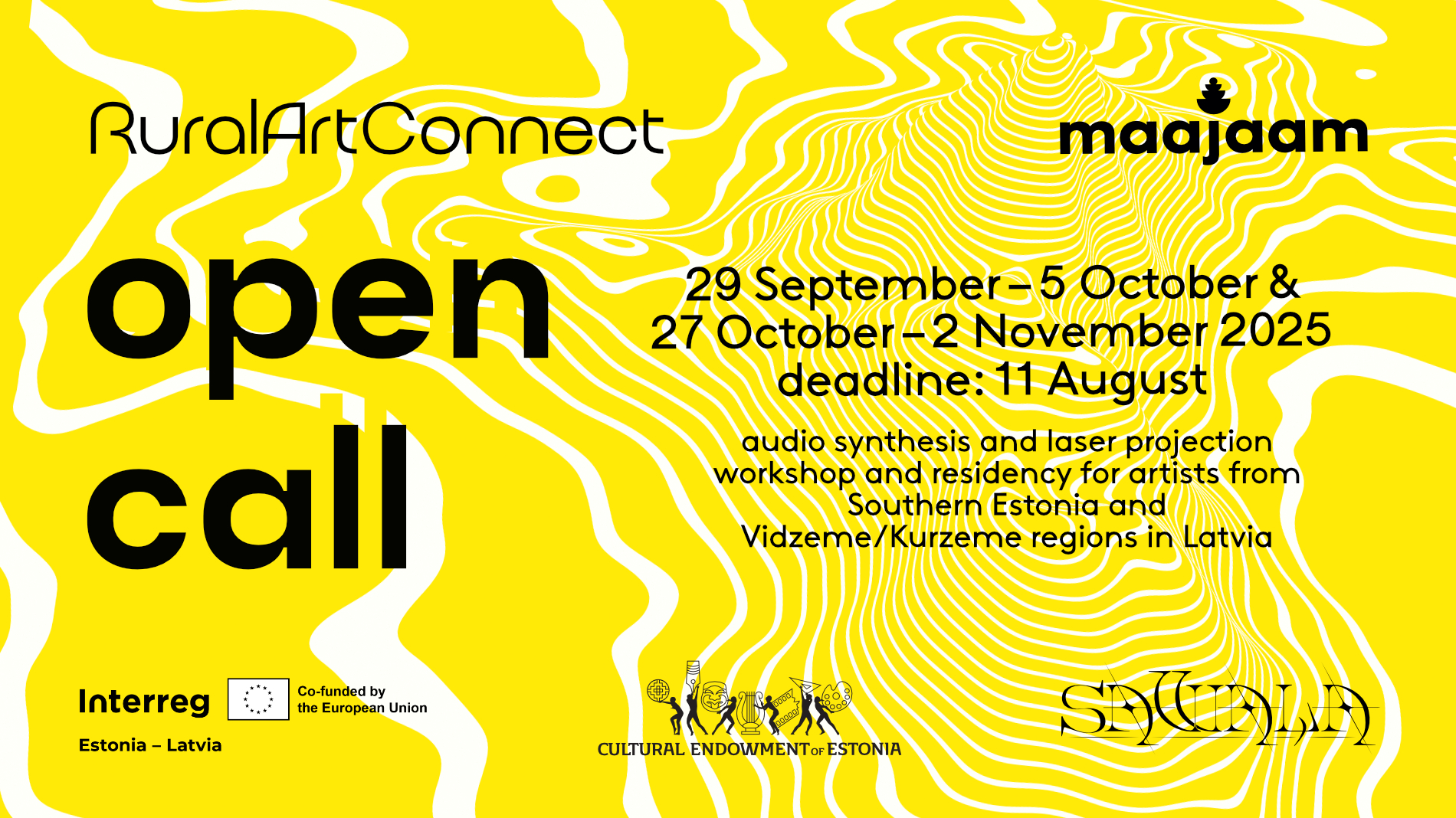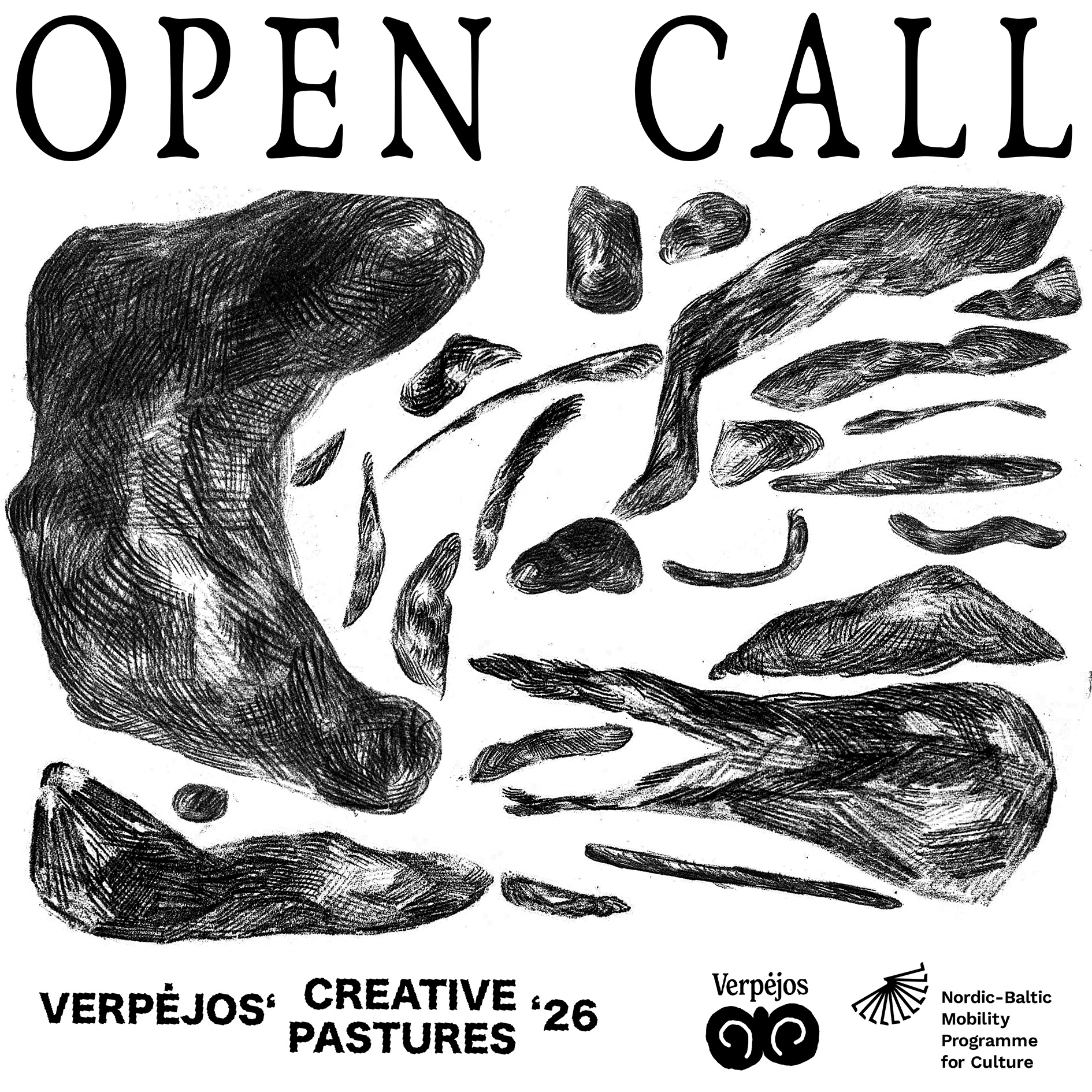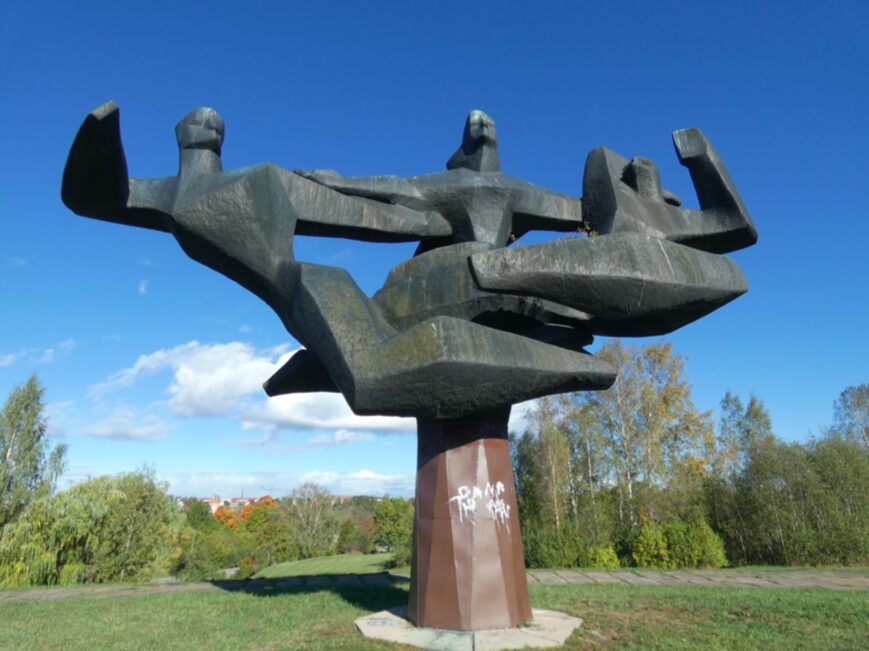Until June 11, the gallery of the Estonian Museum of Applied Art and Design hosts the exhibition Naturally It Is Not, curated by Keiu Krikmann and Darja Popolitova, which examines the idea of naturalness and its connection with nature and the human body.
“The question of what is natural and inherent for one or another group of people, whether in terms of gender roles, sexuality or something else, continues to cause divisions in society,” Keiu Krikmann opens the topicality of the exhibition theme. “Motifs from nature have always had an important place in Estonian applied art. We began to think about what the depicted nature in (applied) art is like in terms of aesthetics and ideas. From there we moved on to the relationship between nature, the body and naturalness more broadly.”
Nature and the laws of nature are often described as being completely “natural”. When talking about people and social processes, the word ‘natural’ often refers to some original state. However, both nature and people change over time: what is considered natural in one era may not be so in another. Changes are manifested in, among other things, the material culture surrounding us, as well as in the means of self-expression we use to shape our self. Saying that something is natural or unnatural is a strong ideological statement.
The works of the artists participating in the exhibition cause the viewer to think about how their body could exist outside their normal environment and what it might look like – in the natural landscape with its increasing artificial and residual materials, and when encountering alienating materials and objects, different identities and entities.
“From Estonia, we chose Sarah Nõmm, the Sorcerer collective and leather artist Elo Järv (1939–2018). The latter is the gem of the exhibition, in a way: Järv, as an artist from a previous generation, really charmed us with her very special, sci-fi and somewhat monstrous aesthetics,” explains Darja Popolitova introducing the selection of local artists in the exhibition. “An interesting fact is that her work has now also attracted the attention of other curators, which in turn speaks of the fact that Järv’s works have become relevant again and have something important to tell us in the current context.”
“For me, several works have caused astonishment; they have even been like tiny spikes, reminding me again and again and to which I have repeatedly returned over the years. I hope that the viewer will experience the same,” adds Keiu Krikmann.
The participating artists are fascinated by myths and folklore, but also by the pressures and possibilities resulting from technology. The works displayed are like chimaeras in which natural and artificial materials intertwine, although the line between the two is not always clear. Could such accessories change the wearer and their relationship with themselves and the environment we live in?
Darja Popolitova believes that the visitor will probably leave the exhibition with a strange and perhaps also somewhat eerie, but aesthetically satisfied feeling. “And I don’t think that weirdness is a bad feeling, because I believe that if the viewer has moved a little out of their comfort zone, then the curators have done their job well,” says Popolitova.
The title of the exhibition is borrowed from the collection of work by transgender poet and activist Callie Gardner (1990–2021), who in turn borrowed it from Gertrude Stein.
Artists: Elo Järv, Hanna Kisch, Lokidolor, Simon Marsiglia, Sarah Nõmm, Sorcerer
Curators: Keiu Krikmann and Darja Popolitova
The exhibition will remain open until 11 June 2023.
The exhibition is accompanied by a comprehensive audience programme which includes artist talks as well as workshops and curator tours in Estonian, Russian and English.
Photography: Mari Volens
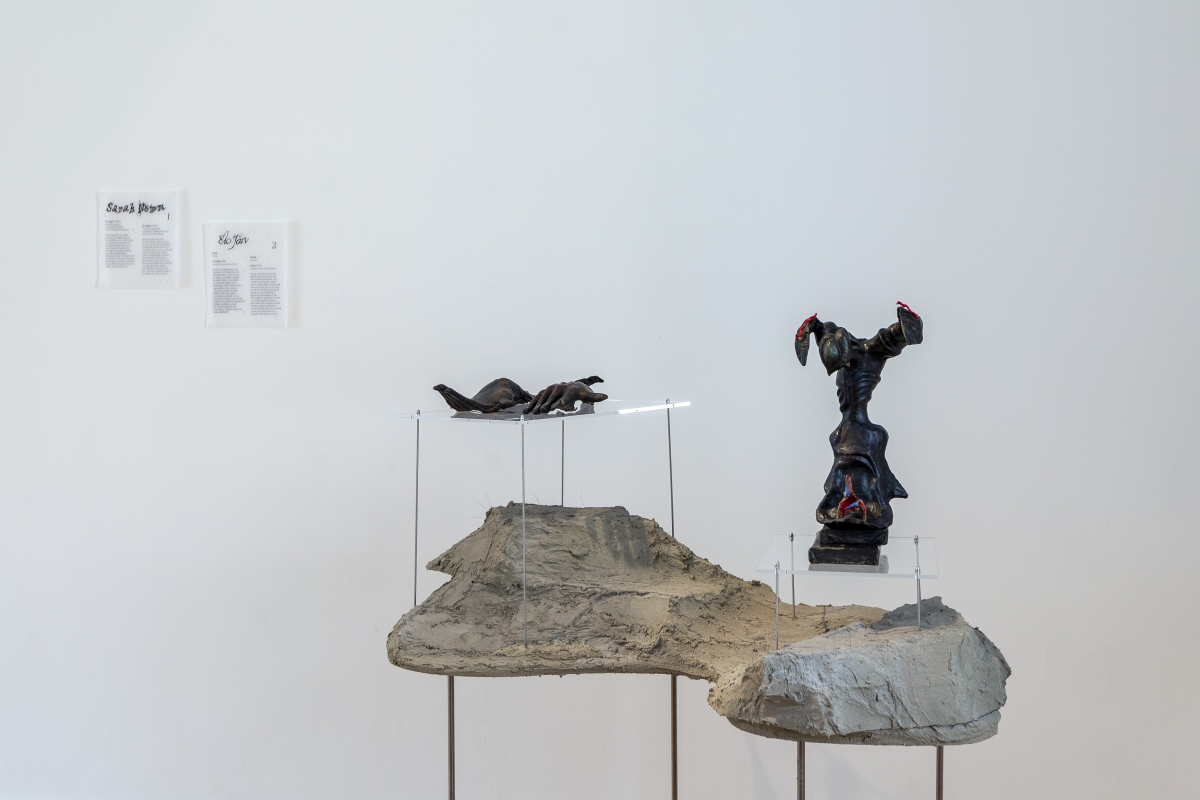

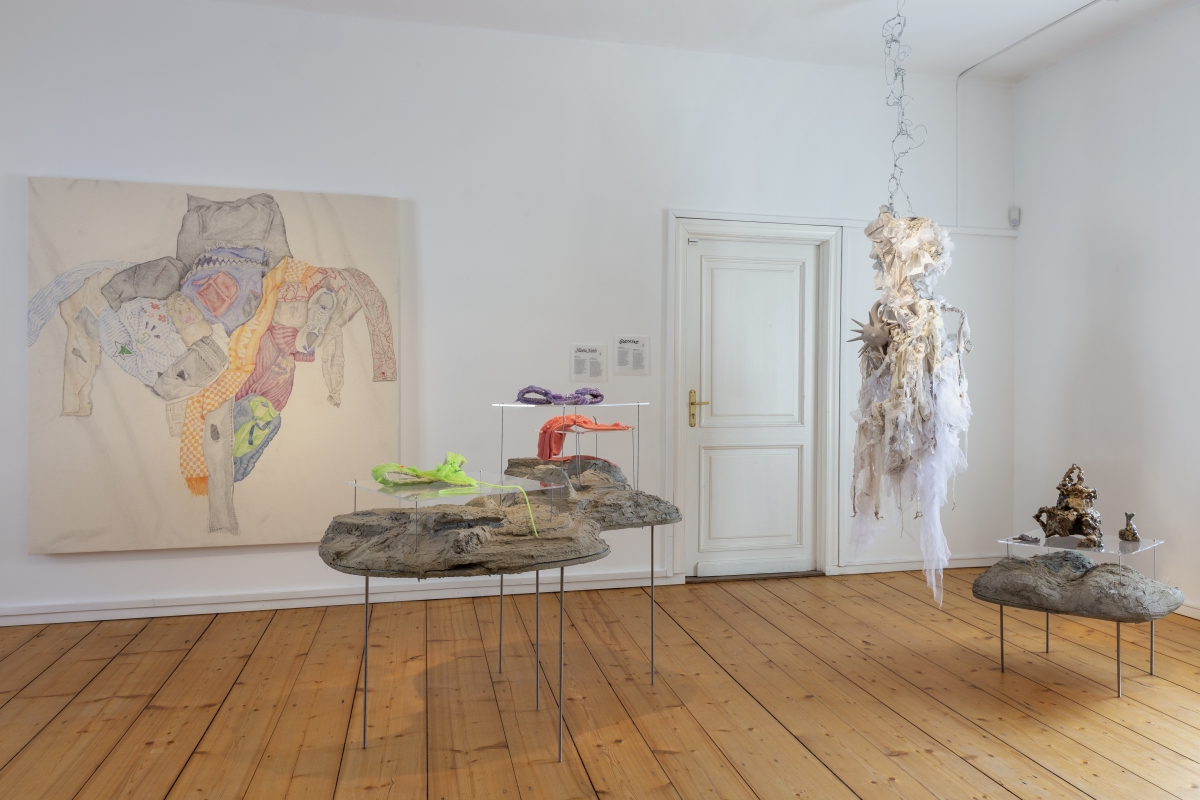

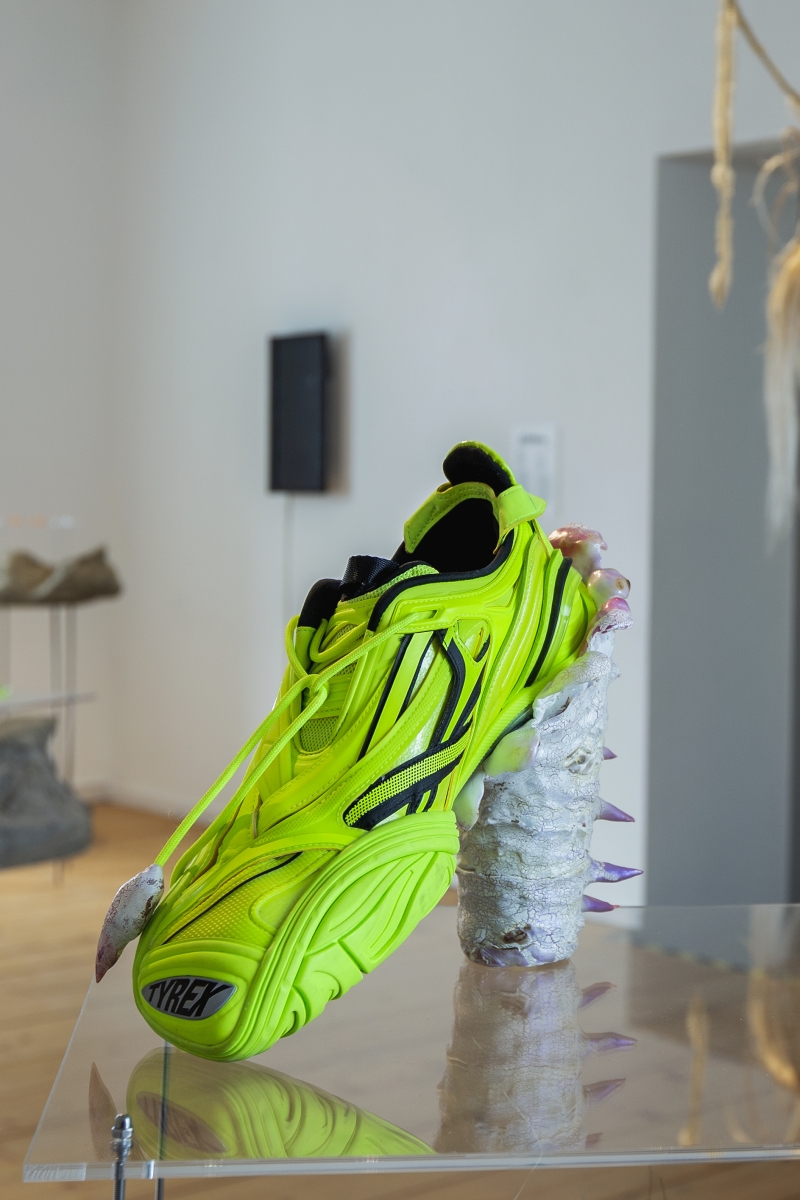


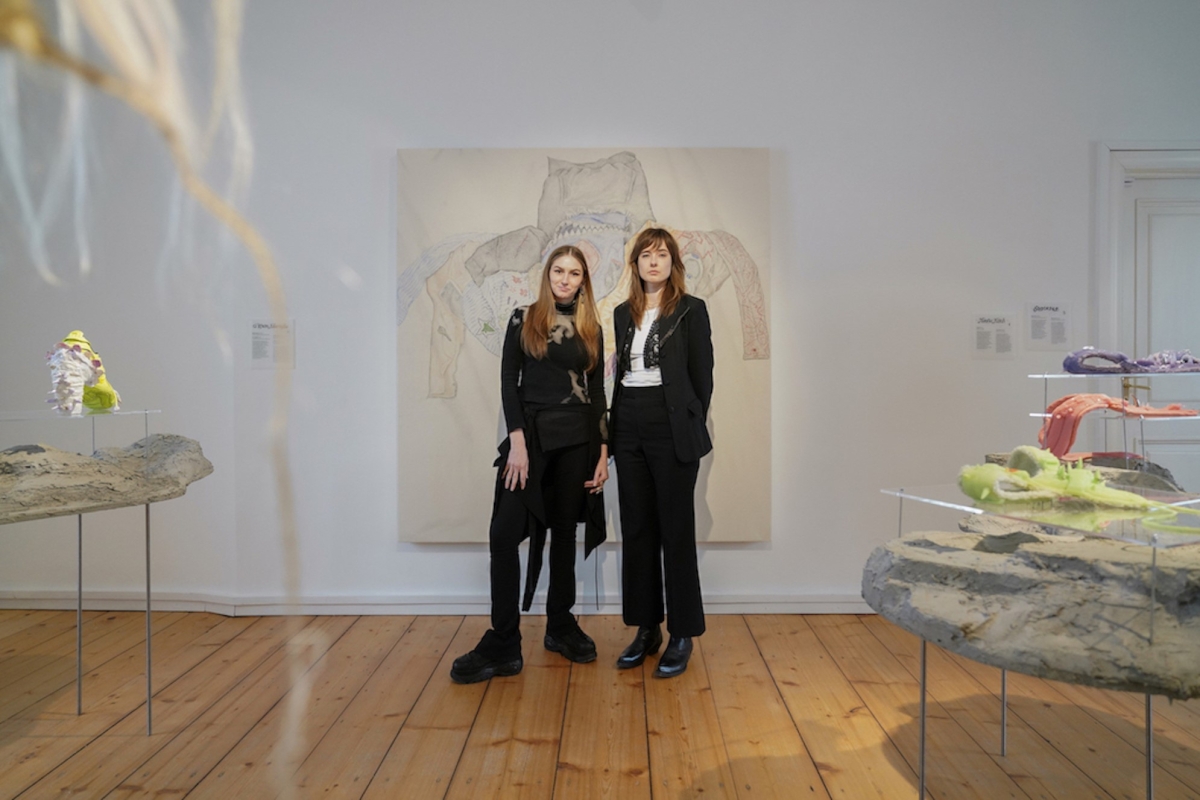
Curators Darja Popolitova and keiu Krikmann. Photo by Evert Palmets



